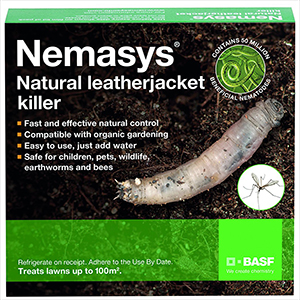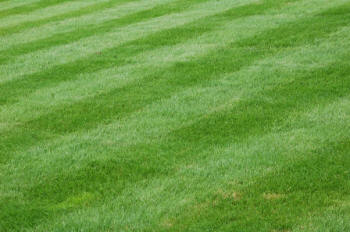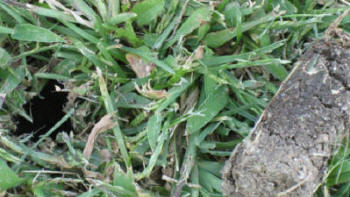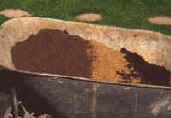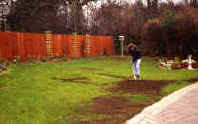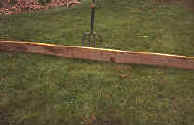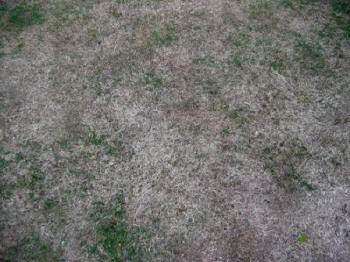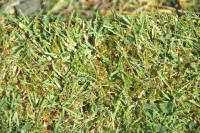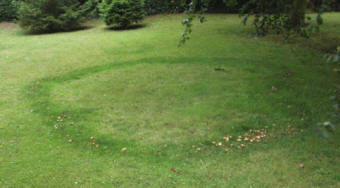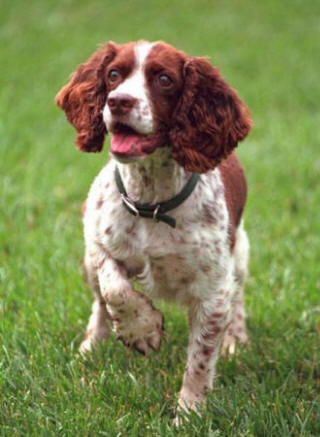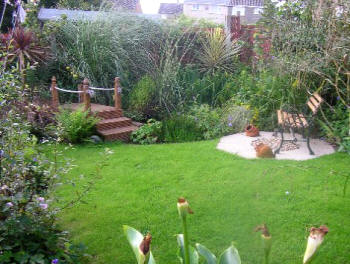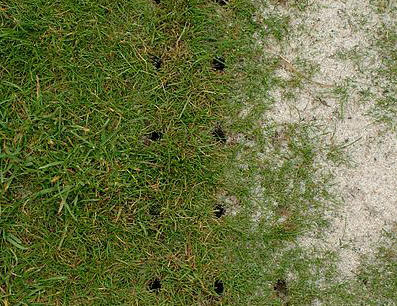A small infestation is nothing to worry about, however if you have a
lawn full of leatherjackets then the effect can be quite dramatic. In
worse cases, resulting in much of the lawn dying and needing substantial
remedial treatment.
Chemical control ceases to be available as from end September 2013.
However, we outline a very effective measure below. If not treated, then
quite a bit of turf damage can occur. It will soon re-grow, but look
unsightly for several months.
First signs of leatherjacket Pests attacking your lawn are during the
spring and summer, when small yellowing patches start to appear in the
lawn. These eventually turn into brown patches in the grass. This is
the result of the grubs feeding upon the roots of the grass. The
severity of the problem is dependent upon the number of
leatherjackets, and can start as just a few small patches a few inches
across hardly noticeable in an average lawn, but a considerable lawn
pest if not treated - killed.
Other signs of leatherjackets in lawns will be birds pecking at the lawn
to get at the grubs mainly starlings, though members of the crow family are
also partial to a feast of leather jackets - crows and magpies in
particular. The birds also do a good job of aerating the lawn, for their
beaks can penetrate several inches. It does no damage to the lawn.
You can do an easy follow-up analysis to see the cause, by simply
lifting an area of grass where the problem exists. If it is
leatherjackets in your lawn, they will be seen no more than a few inches
below the turf/soil surface.
If you do not treat the leatherjacket pests, you will also see a large
number of Crane flies hovering about the lawn area as the grubs emerge
as Daddy Longlegs Flies.
These Adult flies then lay eggs in the lawn
during autumn, which shortly hatch and start feeding on the lawn
roots. The feeding normally stops in winter unless it is mild but
soon resume again in the spring thereby completing the cycle as
above for leatherjackets in lawns.
The picture shows the damage caused by leatherjacket pests. The
browning of the lawn is caused by the leatherjacket larvae/grubs, eating
the lawn grass roots just below the surface. You should also be able to
see a few peck holes in the top right corner.

